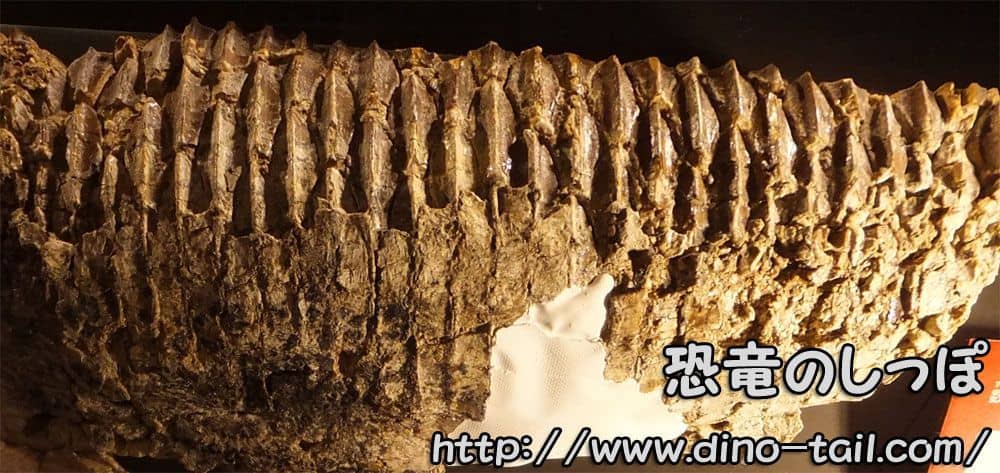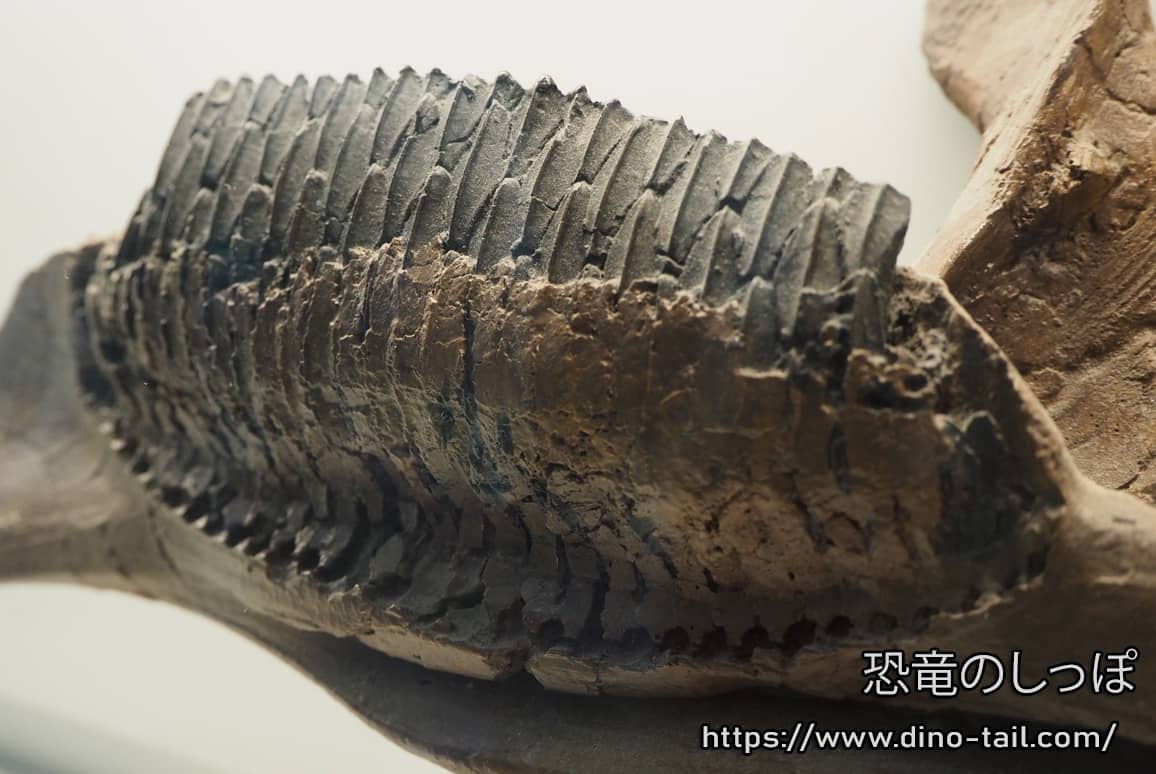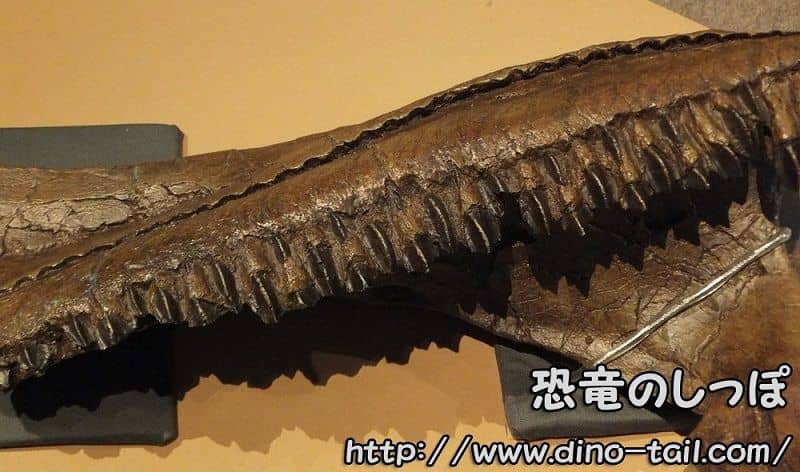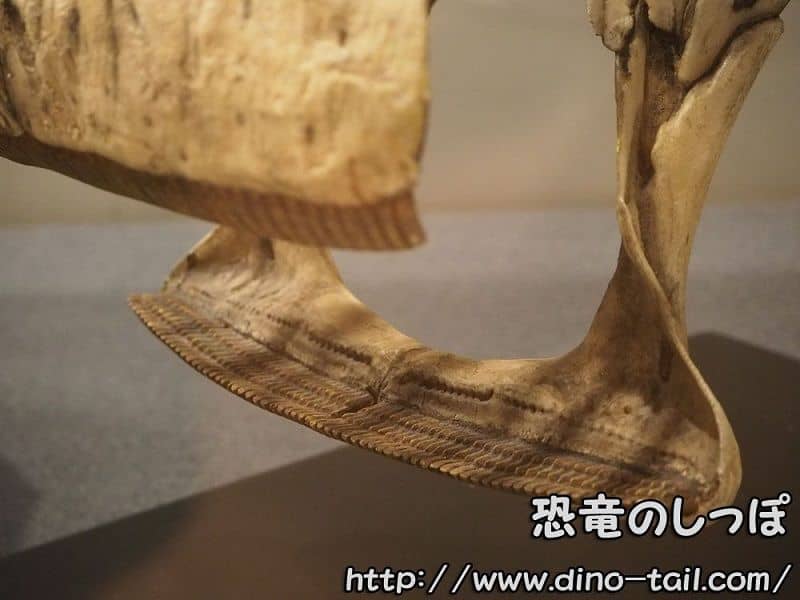What is a Dental Battery?
Human teeth, once the permanent set is lost, do not grow back. However, some herbivorous dinosaurs, to cope with the wear and tear from eating tough plants, had countless replacement teeth within their jaws. It is believed that as a tooth wore down, the next one would push up from below to replace it, a process that continued throughout their lives.
This ingenious mechanism, where numerous teeth are densely packed and constantly replaced, is called a "dental battery." In dinosaurs with a dental battery, individual teeth tend to be relatively small, and the number of teeth in the jaw is very high.

Diverse Structures Adapted to Diet
The structure and function of the dental battery varied among different dinosaur groups, skillfully adapted to their respective diets.
Hadrosaurids (Duck-billed Dinosaurs) - "Grinding" Teeth

In ornithopods like Anatotitan (about 2000 teeth), Edmontosaurus (about 1000 teeth), and Corythosaurus (about 600 teeth), numerous small teeth were densely packed to form a single, huge "grinding surface" across the entire jaw. The teeth, made of tissues with different hardness (enamel, dentin, etc.), wore down unevenly, maintaining a constantly sharp, grater-like surface that efficiently ground up plants as the lower jaw moved back and forth.
Ceratopsids (Horned Dinosaurs) - "Shearing" Teeth

Ceratopsians like Triceratops also had a dental battery, but its function was different. Their teeth were individually larger and had sharp edges. By moving their jaws up and down, they used these sharp teeth like scissors to cut tough, fibrous plants like cycads (a shearing function).
In addition, sauropods like Nigersaurus also possessed a dental battery structure.

Comparison with Carnivorous Dinosaurs
Carnivorous dinosaurs like Tyrannosaurus also replaced their teeth multiple times throughout their lives. However, this was different from a dental battery.
Their teeth were individual units, specialized for piercing prey and crushing bone. The teeth were replaced alternately with a certain regularity, and one or two replacement teeth were on standby in the tooth socket. This was a mechanism to always maintain powerful fangs, but it was fundamentally different in structure and purpose from the dental battery that functioned as a "surface" in herbivorous dinosaurs.
